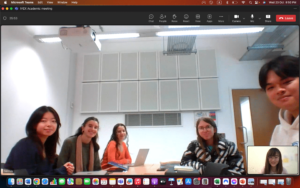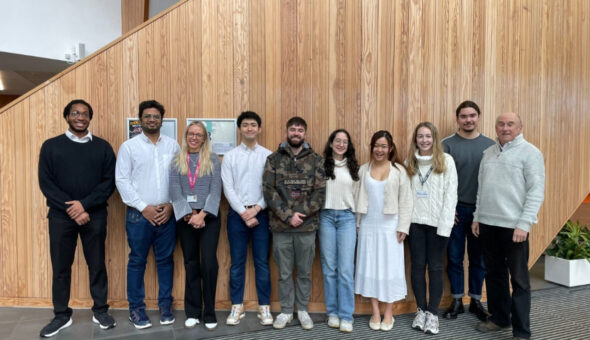Hello everyone. It's Vienne. Following a wrap-up post about the Age-friendly VIP, I'd like to share my participation in a newly joined VIP focused on creating immersive training experiences in virtual reality (VR), specifically related to sexual harassment intervention training. This post highlights some of our questions, solutions, and more importantly, our thought process as we move forward with the project.
Back in October, the VIP team informed me that the Age-friendly VIP would not be available in the AY24-25 and asked if I'd like to join another VIP. I was hesitant because I had just moved into the thesis stage, which brought various uncertainties. However, as I followed the page of the current VIPs, I was amazed by the diversity and richness of the potential learning opportunities they offer. I decided to join the VR VIP because of its exciting research component. Students will come together to conduct a study examining the extent to which the team-made VR Intervention helps reduce sexual harassment incidents. This VIP has a large team, including both a technical and an outreach team, in addition to the research team.
In early October, Ivan reached out to me shortly after my decision to join. He warmly welcomed me to the group and complimented my VIP blog posts. I was elated to know someone had read my posts! At the same time, I raised my concerns about the workload. He kindly offered me a meeting to clarify the project details so that I could make an informed decision on how I'd like to pursue it. My first reaction upon receiving his email was, "Oh no! A one-to-one meeting? If I decide not to go ahead in the end, I'll feel bad for the inconvenience". I informed him that I would be happy to join the next whole-group meeting and learn about their progress. Did I just decline the meeting gently? Yes, I think so!

I missed the VIP induction meeting in mid-October due to the timezone difference. However, our team had some excellent conversations over WhatsApp. All members were highly responsive and quick to share resources such as meeting notes. Thank you, Gursaiba, Sevil, Tracy, and Ivan, for taking turns to take notes. Our very first discussion revolved around sample size, participant recruitment, and incentives. For example, were we going to recruit 100 participants for the experimental design study? Were we doing a lucky draw for 9 prizes out of the 100 participants? As Jian and I had extensive communication over WhatsApp, the long texts may have been difficult for other teammates to catch up on. He suggested writing a summary of my thoughts in a document. It did sound very organised to me!
Reflecting on my contributions, I raised seven questions/concerns regarding the proposed study. I asked, "Are we able to get 100 samples?", "Will we get more funding if we change our incentive scheme?", "What is the proposed timeline?", and "What do the pre- and post-surveys look like?" I also suggested specifying research questions and sampling strategies and added notes about potential confounding effects. I may have raised more questions than we could address at this stage. We then focussed on sample size and incentives. Generally, for a quantitative study, a larger sample size is better. Of course, I had no objection to recruiting 100 participants; my concern was whether the scale of the study was manageable for us.
Out of curiosity, I volunteered to find out how much data we need to justify statistical significance. I referred to my go-to research book, Cohen et al.'s (2018) Research Methods in Education, and dug out some relevant chapters on statistical significance, effect size, and statistical power, experiments (randomised controlled trials), and sampling. I found that 30 participants was the minimum for some data analyses, but I wasn't confident. I started another round of literature review and realised that methodologists suggested conducting a G* Power sample size calculation! To confess, I wasn't sure what that was and wondered if we were going down that road. I was looking for a rule of thumb. Fortunately, I found some published empirical studies recommending 58 or 66 participants. This sounds exhausting, doesn't it? Well, I bet some of you have been there, done that. In the end, our team decided to stick to the originally proposed number, 100, on the ground that it would be one of the overarching goals of the VIP, which will span several years. And I agree!
I'll catch up on other project discussions and upcoming work in my next posts. I'm happy to be part of the team, as my teammates are cheerful, open to feedback, and willing to devote time to the project. It feels good to work as a team!
Post By Vienne Lin, EdD Research in Education, Department of Education
Respond


